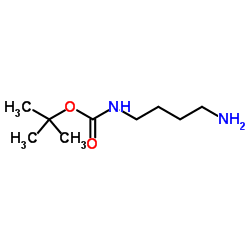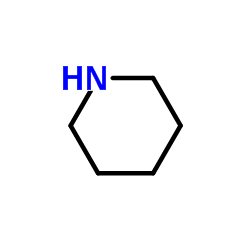| Structure | Name/CAS No. | Articles |
|---|---|---|
 |
NH2-C4-NH-Boc
CAS:68076-36-8 |
|
 |
Piperidine
CAS:110-89-4 |